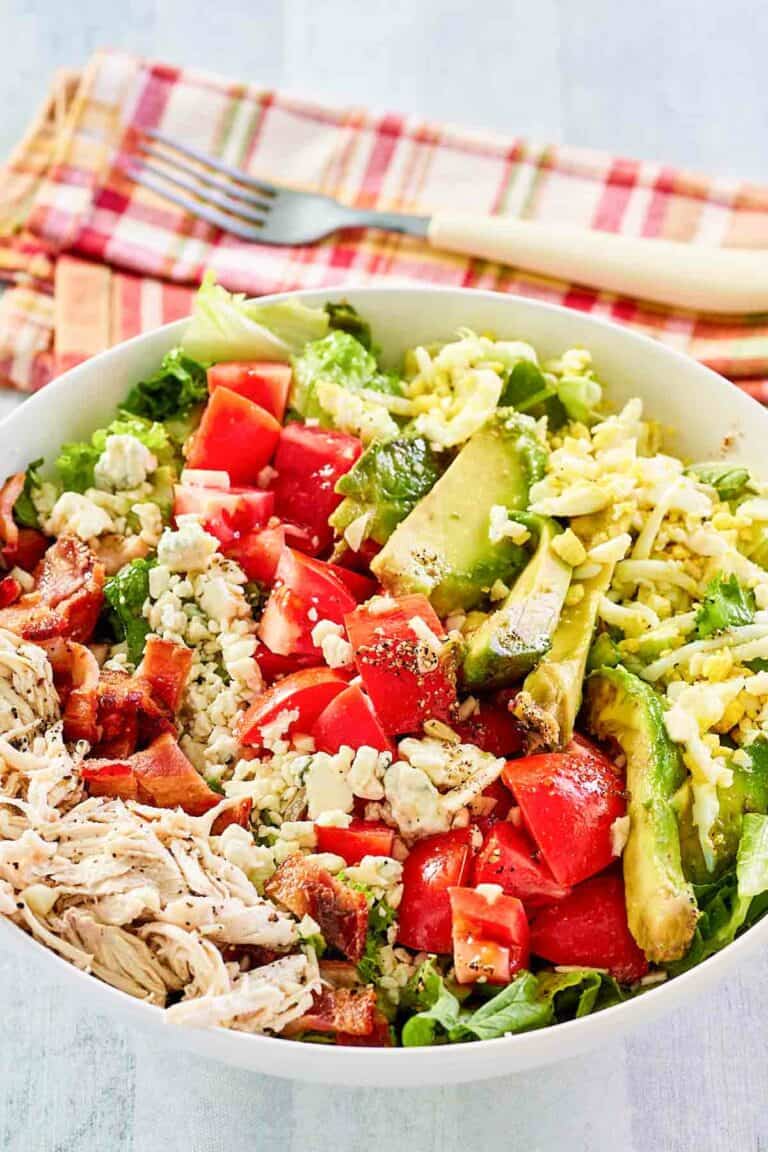Lifestyle
How to Eat Healthy on a Tight Budget
Eating healthy doesn’t have to be expensive. With careful planning, smart shopping, and a little creativity, you can build a nutritious diet on a tight budget. I’ve worked with clients who support families on modest incomes, students living off stipends, and individuals looking to improve their health without overspending. The approach is always the same: focus on basics, plan smart, and waste nothing.
In this guide, I’ll explain how to eat healthy on a tight budget, step by step, with advice grounded in real experience and practical application. You’ll find simple strategies to stretch your money while keeping your nutrition goals on track.
SEO Meta Description:
Learn how to eat healthy on a tight budget with this step-by-step guide. Practical tips for smart grocery shopping, meal planning, and cooking affordably.
Step 1: Plan Your Meals Around Affordable Staples
Start with foods that are nutrient-dense, shelf-stable, and budget-friendly. Building meals around these staples ensures you’re getting value for your money.
Best budget-friendly staples:
- Whole grains: oats, brown rice, whole wheat pasta, quinoa
- Beans and lentils: canned or dry (dry is cheaper long-term)
- Frozen vegetables: often cheaper than fresh, with equal nutrition
- Canned tomatoes and tuna: useful for many quick meals
- Eggs: versatile, protein-rich, and affordable
- Peanut butter: good source of healthy fats and protein
- Seasonal fruits and vegetables: lower cost, fresher, better taste
Use these as the base for stir-fries, soups, curries, and rice bowls. I use beans and frozen veggies regularly to bulk up meals without increasing costs.
Step 2: Set a Weekly Food Budget and Stick to It
Budgeting helps control spending and prevents impulsive purchases. Decide what you can reasonably spend on food each week.
Example:
- Weekly food budget: ₹1,500 / $20–$30
- Allocate ₹300 for grains, ₹400 for proteins, ₹200 for vegetables, ₹100 for fruits, etc.
Use cash or a separate debit card for groceries to stay within limits.
Step 3: Make a Grocery List Based on Your Weekly Plan
Meal planning saves money and time. Without a list, you’re more likely to buy items you don’t need.
How to make a budget-friendly grocery list:
- Plan 5–7 meals you can rotate during the week
- List only the ingredients required
- Check your pantry before buying duplicates
- Group items by category: grains, protein, produce, condiments
Stick to the list at the store. When I skip this step, I always end up spending more and wasting food.
Step 4: Shop Smart and Compare Prices
The way you shop affects how much you spend.
Shopping tips:
- Buy store brands: often cheaper and same quality
- Compare unit prices: check per kg or per 100g
- Shop at discount stores or local markets: better prices on fresh produce
- Use coupons or cashback apps (if available)
- Avoid pre-cut or pre-packaged produce: they cost more
Buying in bulk also saves money, especially on rice, flour, and legumes, if you have storage space.
Step 5: Cook at Home as Often as Possible
Cooking at home is significantly cheaper than eating out or ordering in.
Benefits:
- You control ingredients and portion sizes
- You save money by cooking in batches
- You can reuse ingredients in multiple meals
Start with simple meals: stir-fried rice with vegetables, lentil soup, scrambled eggs with toast, or whole-wheat pasta with a basic tomato sauce.
I usually cook 3–4 servings at once and refrigerate or freeze leftovers for lunch or dinner later in the week.
Step 6: Batch Cook and Meal Prep
Batch cooking helps reduce both food waste and the urge to spend on quick takeout.
How to batch cook:
- Choose two or three base dishes: rice, pasta, soup, curry
- Add variations using different spices, sauces, or side veggies
- Store in airtight containers (refrigerate 3–4 days or freeze for longer)
Meal prepping on Sunday saves me at least two hours and prevents mid-week overspending.
Step 7: Limit Junk Food and Sugary Snacks
Highly processed foods are expensive and offer little nutritional value.
Avoid:
- Sugary drinks
- Packaged chips and cookies
- Frozen ready meals
- High-cost protein bars and cereals
Instead, make homemade snacks like:
- Roasted chickpeas
- Overnight oats
- Boiled eggs
- Banana with peanut butter
These options are healthier and cheaper per serving.
Step 8: Get Creative with Leftovers
Make use of every ingredient and every leftover.
Tips:
- Use leftover vegetables in soups, rice bowls, or omelets
- Blend overripe fruits into smoothies
- Freeze small portions of cooked beans or sauces for later
- Save bones and veggie scraps to make broth
I’ve created entire meals from fridge clean-outs—curry with leftover rice, sautéed veggies, and canned chickpeas is a regular go-to.
Step 9: Avoid Wasting Food
Food waste is money waste. Store food properly and use items before they expire.
Tips:
- Store grains in airtight containers
- Label frozen food with dates
- Plan meals around items that need to be used soon
- Understand best before vs. expiry dates—many items are still good after the former
Make soups or stir-fries with any produce close to spoiling.
Step 10: Stay Consistent and Track Your Progress
Track your meals and spending weekly.
Use:
- A food diary or app to plan meals
- A simple spreadsheet or notebook to record grocery expenses
- Regular check-ins to see what’s working or what needs adjusting
This habit helped me realize I was spending too much on beverages and packaged snacks—and shifting that budget to bulk oats and fresh vegetables made a real difference.
Conclusion
Eating healthy on a tight budget is absolutely possible. It comes down to planning ahead, shopping smart, and cooking simple, nutritious meals at home. You don’t need fancy superfoods or expensive ingredients—just staple foods, basic cooking skills, and a commitment to your goal.
From batch cooking and meal prepping to shopping strategically and limiting food waste, each step builds a sustainable habit that supports your health and finances. I’ve seen these strategies work not just for myself but for families and clients across different lifestyles.



















